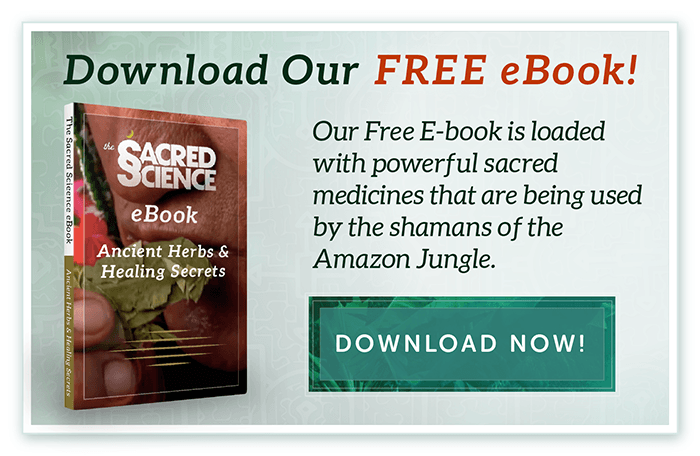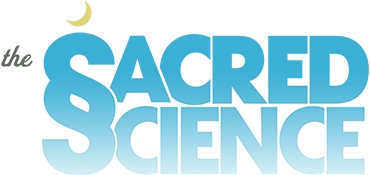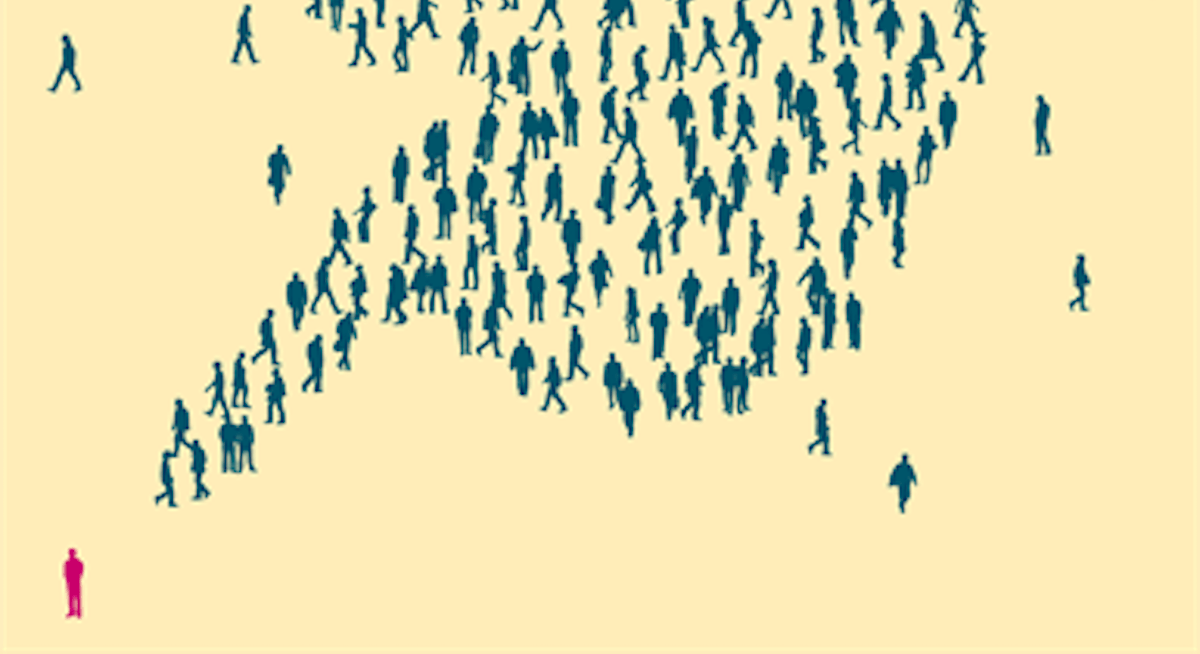If you’ve watched The Sacred Science or have spent any time researching or experiencing shamanic medicine, you probably have a sense that this type of healing is often able to successfully treat patients whose traumas and illnesses have proved to be too difficult for the Western approach to overcome.
However, you’re probably just as aware that the modern medical establishment hasn’t yet recognized the value of these esoteric, ancient modalities, regardless of how successful they prove to be. In fact, this system-wide blindspot may have gotten in the way of you seeking out these forms of healing, or sharing the experiences you’ve already had with your loved ones.
It can be frustrating, especially when you consider how many people around the world could benefit from a different worldview when it comes to healing. From the shamanic perspective, our spiritual and emotional wellbeing are deeply intertwined with our physical health, so it’s impossible to address one without assessing the others. This approach – which can also be found in modalities such as Traditional Chinese Medicine, bioenergetics, and many different forms of energy work – is often dismissed as nothing more than quackery.
How do we turn this tide? Is our great effort to spread awareness about these effective “alternatives” just an exercise in futility?
When these questions get me worked up, I can’t help but think of the Hungarian physician Ignaz Semmelweis. In 1847, Semmelweis was working in a maternity ward in Vienna, Austria. At the time, scores of women were dying from puerperal fever after childbirth, and nobody seemed to know why. Semmelweis was determined to figure it out.
It’s hard to imagine, but hand washing wasn’t very common at the time, not even in hospitals. There was no perceived benefit to doing this, so why bother? Semmelweis noticed that doctors would go from patient to patient – sometimes between the morgue and the maternity ward – without ever once washing their hands. He posited that if they started washing their hands, rates of infection and death would drastically drop.
He was right.
However, nobody believed him.

Mind you, Semmelweis didn’t just present this as theory, he also backed it up by instituting a strict hand-washing protocol in the maternity ward at the Vienne General Hospital where he worked. Almost immediately, the rate of puerperal fever and resulting deaths plummeted. Still, empirical evidence withstanding, his peers were unconvinced.
The remaining years of Semmelweis’ life would be marked by his struggle to have his findings widely accepted. He was forced to leave Austria for Budapest, and many believe that the ridicule he endured from the medical establishment was in part responsible for his mental deterioration, which would result in him eventually being committed to a mental institution. It was there that he would spend his last days. In the years that followed his death, however, doctors would gradually embrace his practices and they would ultimately be enforced as a universal standard in hospitals worldwide.
I get chills whenever I think of this story, but I’m also strangely reassured. Semmelweis suffered greatly for his beliefs, but they also changed the world. It’s something for us to consider as we share our findings and experiences with these “taboo” sacred plants and remedies. Of course we will encounter opposition, but our children will thank us for paving the way for them and the generations to come.
Remembering Ignaz,
Written by guest contributor, Jason Fitzroy Jeffers



2 Responses
ust found your blog, I love nail art but have never attempted to do anything like this myself!
hello